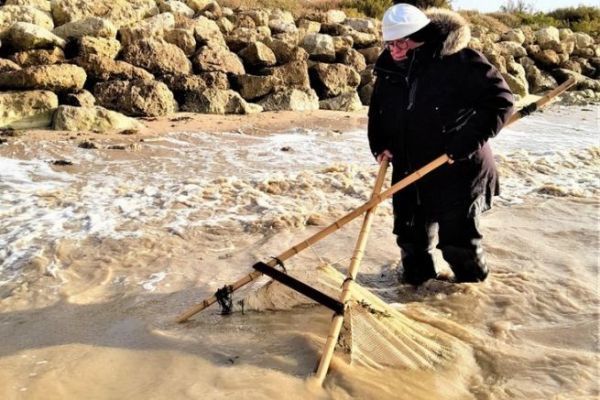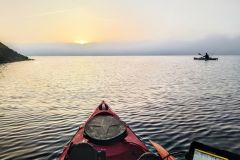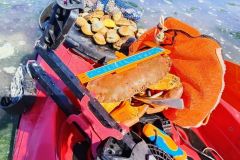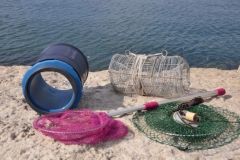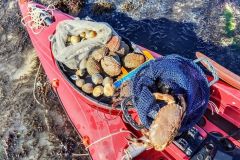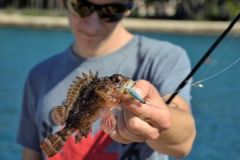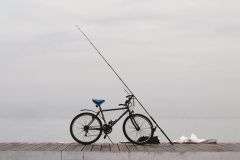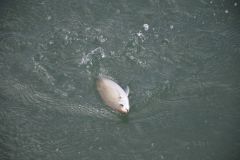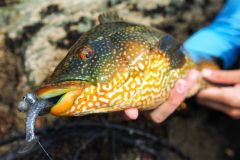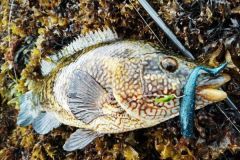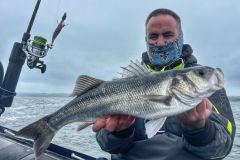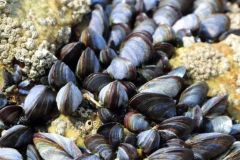An easy to use net
This famous net is the "bichette" or "haveneau". As the grey shrimp tends to bury itself under the sand at low tide, our fishermen scrape the sand to dislodge it, but there are days when the shrimp is not wanted.
If the fishing technique seems gentle, some good fishing practices should be adopted to preserve the resource. The use of the net remains very easy. Equipped with waders or waders, the fisherman pushes the net in front of him on the sand in order to dislodge the shrimps and then he raises it from time to time to harvest them.

The right gestures to adopt and the rules to respect
The legal catch size is 3 cm and the quota is 5 kg per day and per fisherman maximum, which is already a lot.
If shrimp get caught in fishermen's nets, this is also the case for small flatfish that do not survive long out of the water. So, fishermen use a sieve, a tool that allows them to easily sort out their shrimp, but also the species that do not interest them and return them immediately to the water.
It is not mandatory, but it really allows to have bigger shrimps in fact and that have already reproduced. It is really good for sorting, it avoids manipulations harmful to all marine species.
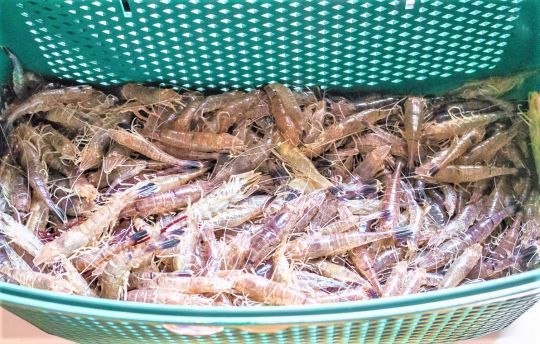
Even if each fisherman is allowed to catch 5 kilos of shrimp per trip, it is better to adapt his fishing to what he really consumes. By respecting good fishing practices, each fisherman preserves the resource and the marine environment, and thus contributes to the pleasure of fishing on foot remaining accessible to all for a long time.
Regulations and health alerts vary from one site to another, so be sure to check with the marine services before going fishing.

